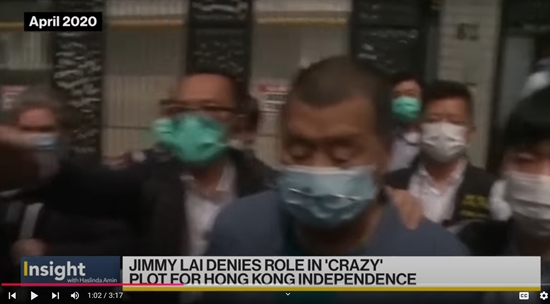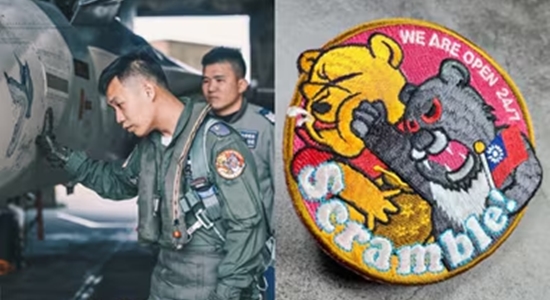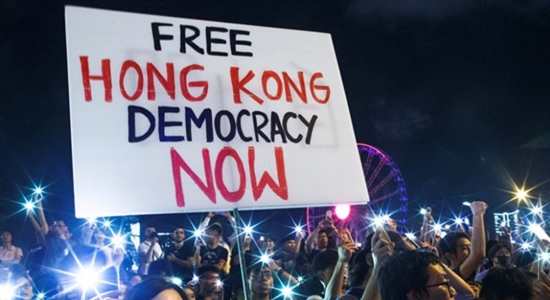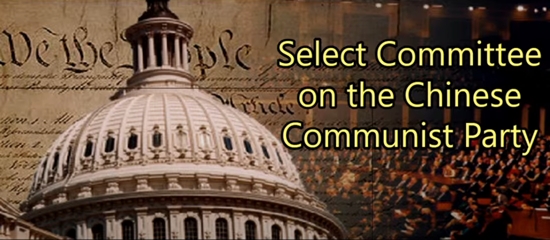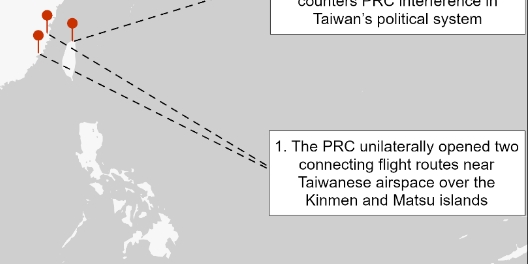
So concludes the latest installment of the CriticalThreats.org “China-Taiwan Weekly Update” (April 26, 2024).
China has been continually making threatening movements and noises in the Taiwan Strait with military ships, military planes, military balloons. But all of this intimidating activity is still not a dense enough fog of near-war for China, which will or won’t be invading Taiwan very soon or maybe later.
According to Update editors Dan Blumenthal and Frederick Kagan:
The PRC unilaterally opened two eastbound connecting flight routes near Taiwanese airspace over the Kinmen and Matsu islands. The move is likely part of a CCP effort to strain Taiwan’s situational awareness around its airspace and put pressure on Taiwan’s incoming Lai Ching-te administration.
The ROC has reacted and the PRC has reacted to the reaction.
Taiwan’s Civil Aviation Administration [CAA] said both the establishment of the new flight routes and the “unilateral” adjustment of the M503 [route] were a danger to air traffic in the area. It said it will request that aircraft turn around if they approach Taiwanese airspace without permission. ROC Premier Chen Chien-jen condemned the new routes, called for them to be retracted, and directed the CAA to study possible response measures. The PRC’s Taiwan Affairs Office (TAO) denied that there were any security concerns about the new flight routes and also denied the existence of a median line in the Taiwan Strait.
I’ll take the CAA’s word for it that the new routes are a danger and a security threat to the ROC. Since everything China throws at Taiwan is intended to strain “situational awareness,” this judgment of Blumenthal and Kagan also seems unobjectionable.
What is suspect, dubious, and implausible but consistent with the usual palaver of the Chinese Communist Party and its minions in diplomatic offices is the rote denial that the new flight routes pose any legitimate security concerns for Taiwan.
Crisis sparker
We also get a pretense by the PRC’s Taiwan Affairs Office that the median line never, in the words of The National Interest, represented “a tacit code of conduct of sorts that, for decades, reduced the risk of accidents in the Taiwan Strait, one of the world’s major hot spots. Over the years the two sides—the People’s Liberation Army Air Force (PLAAF), and the Republic of China Air Force (ROCAF)—stuck to their half of the Strait, veering off at the last moment before crossing into the other side and potentially sparking a crisis.”
That China, redrawer of maps, sparker of crises, has of late been ignoring the median line is true enough.
With the exception of a brief incident in 1999, the tacit agreement held until March 2019, when two PLAAF J-11 fighters crossed the median line in the Taiwan Strait, flying 43 nautical miles into Taiwan’s side, forcing the ROCAF to scramble interceptors. The “deliberate” act, as Taipei described it, occurred as Beijing was gradually increasing its military activity near and around Taiwan, which continued until the re-election, in January 2020, of President Tsai Ing-wen in Taiwan against China’s favorite, Han Kuo-yu. Following Tsai’s re-election, PLA naval and aerial activity increased markedly, with several crossings into Taiwan’s Air Defense Identification Zone (ADIZ) and occasional “violations” of a median line that was evidently becoming more porous.
The ROC, for its part, “says strait median line is a ‘fact’ ” (Reuters, August 2022). But it is not a fact with the same practical effect that it once had.
